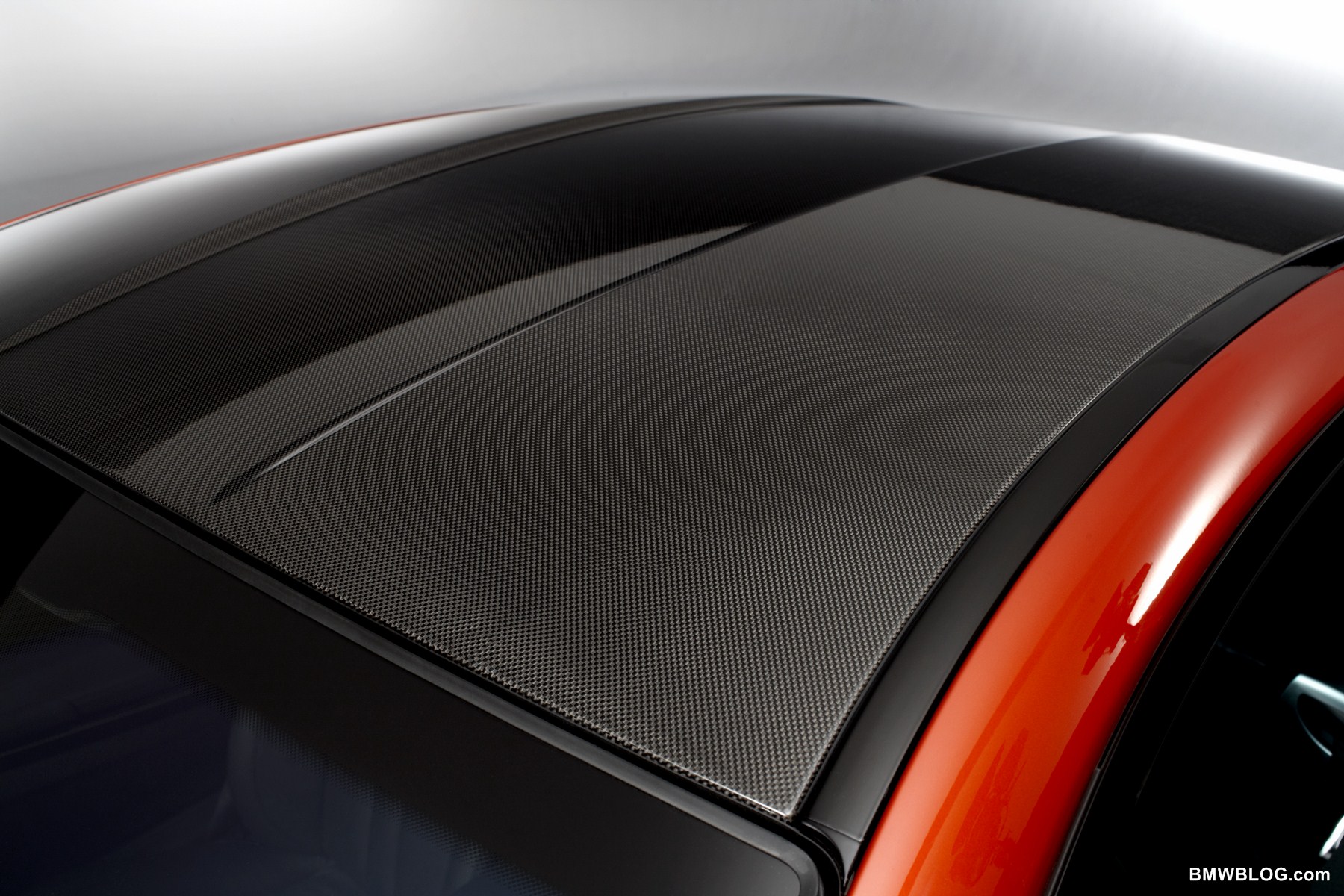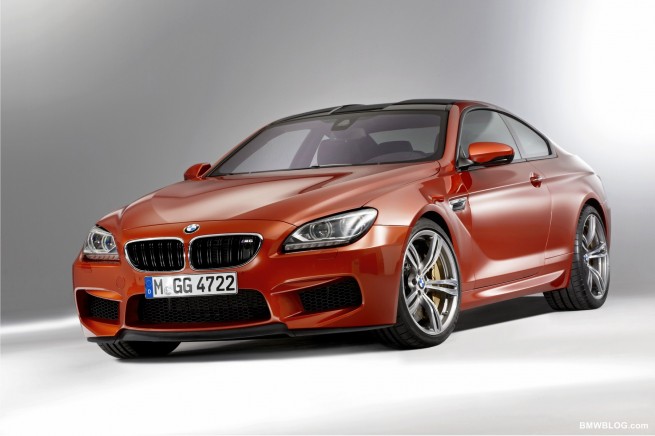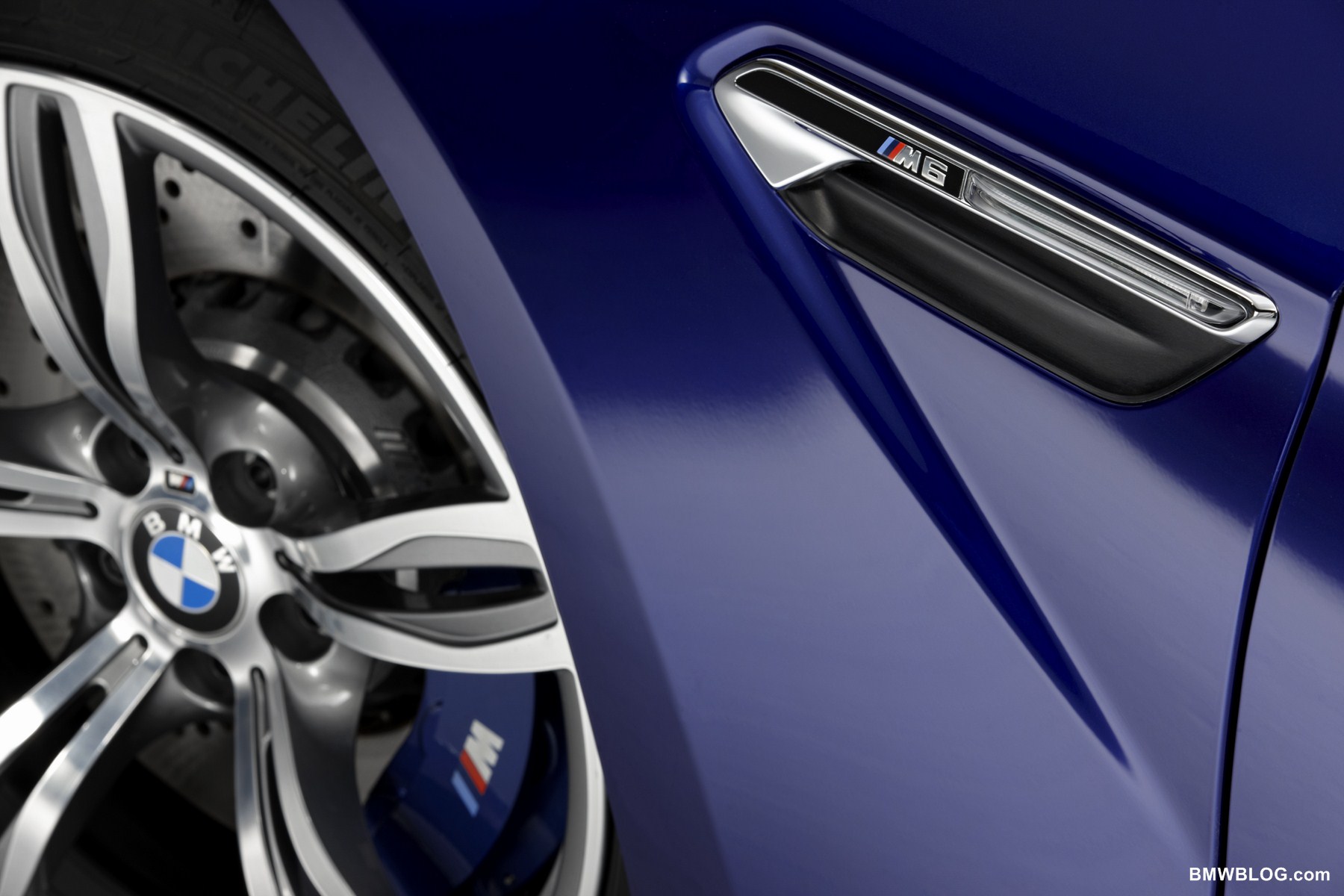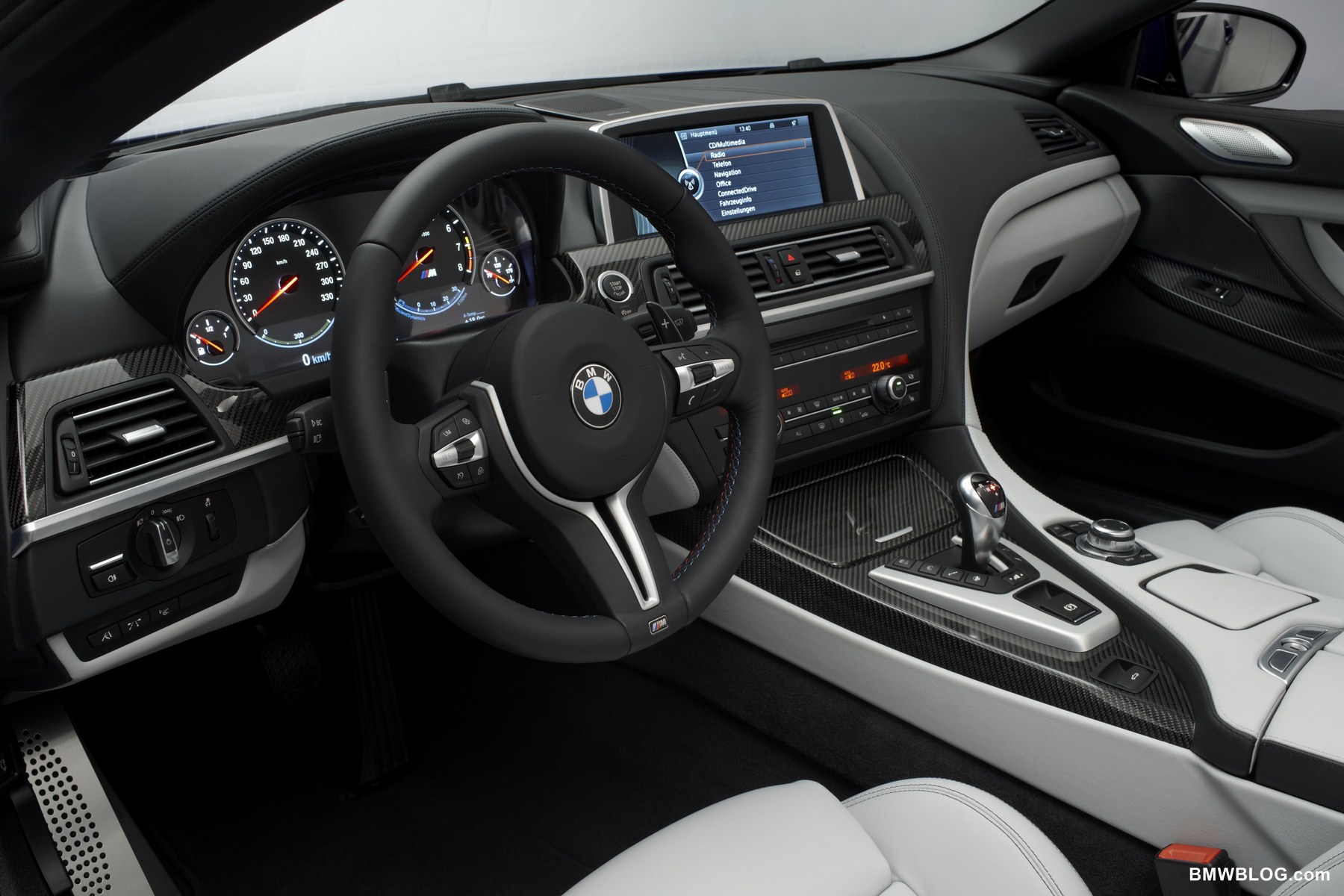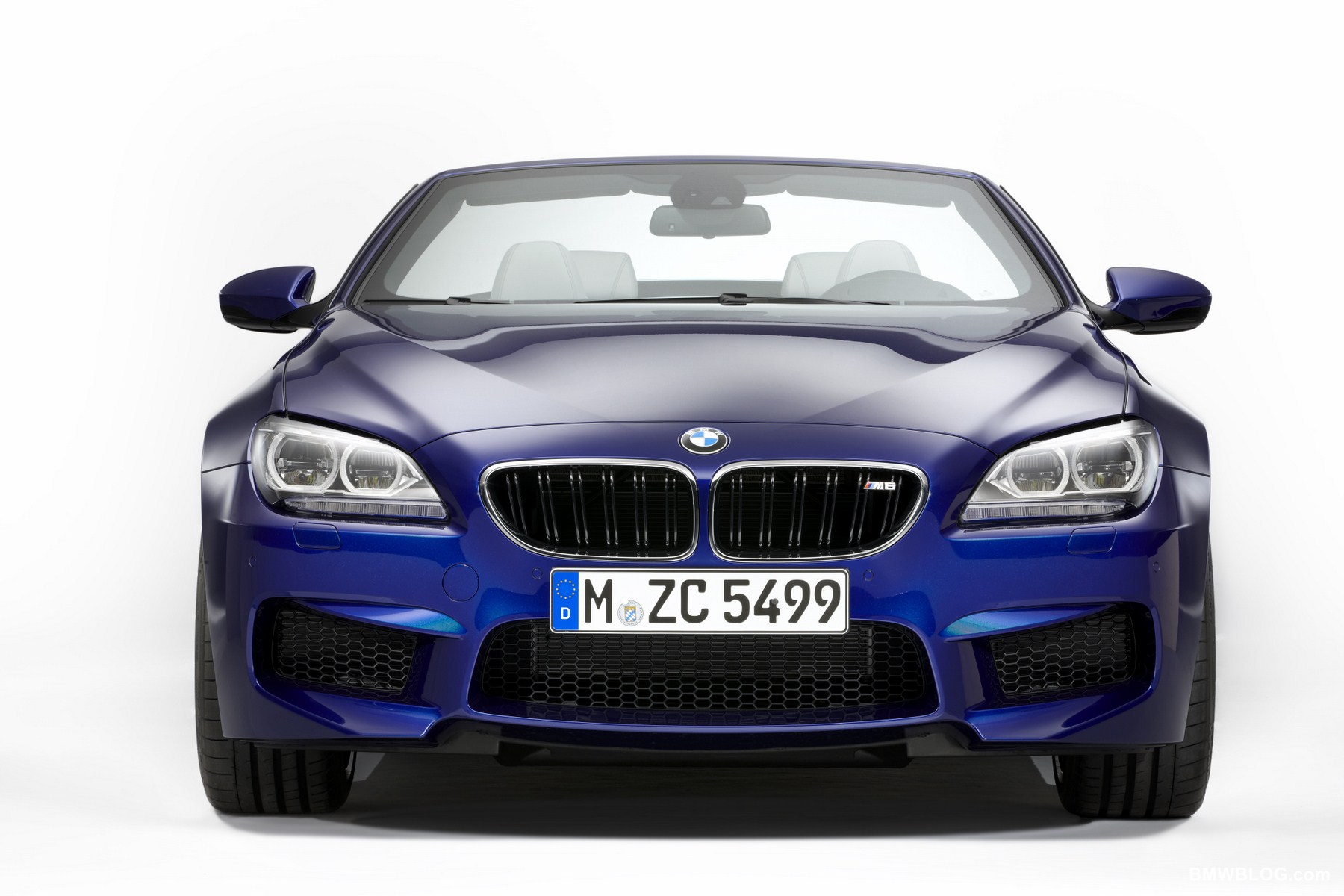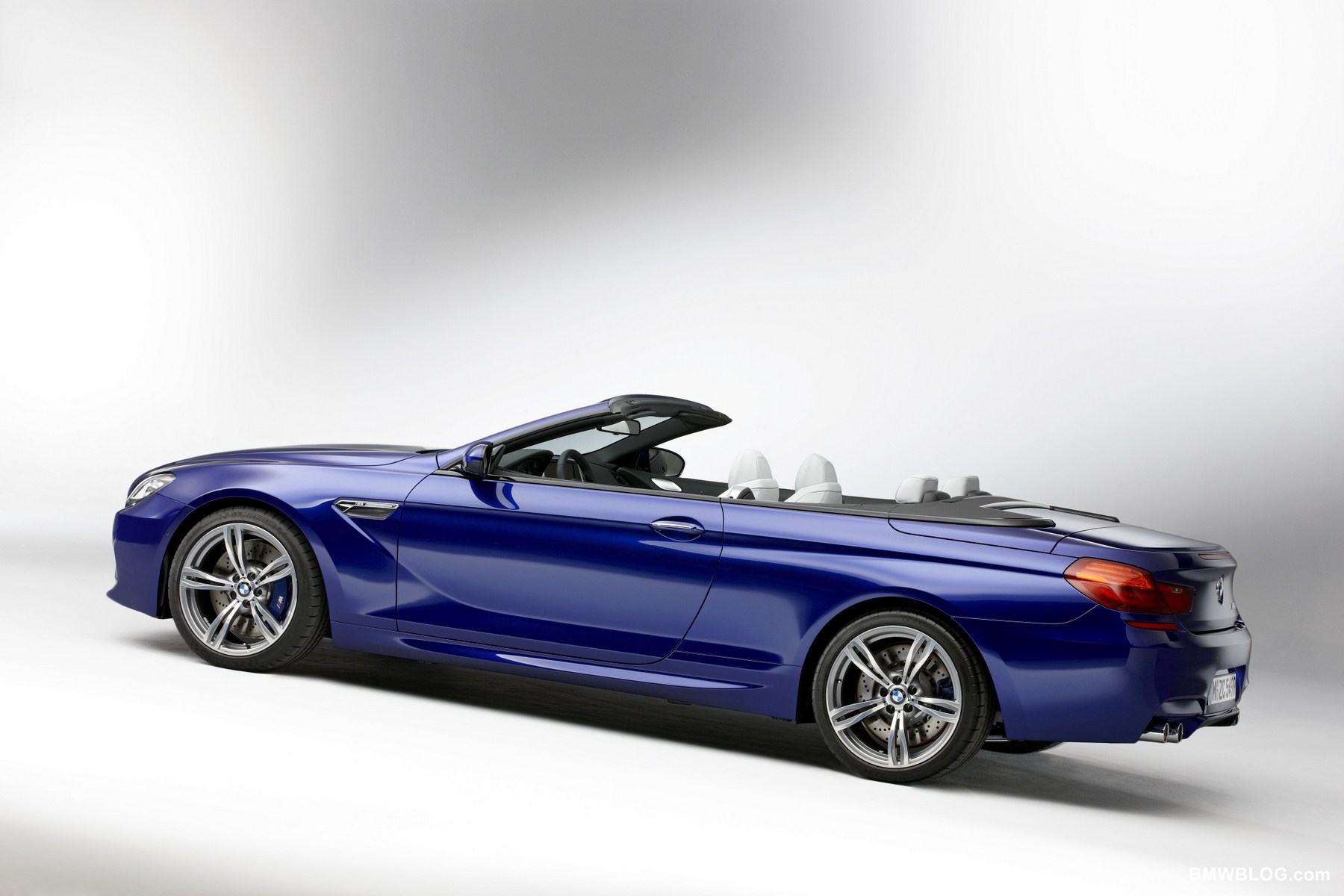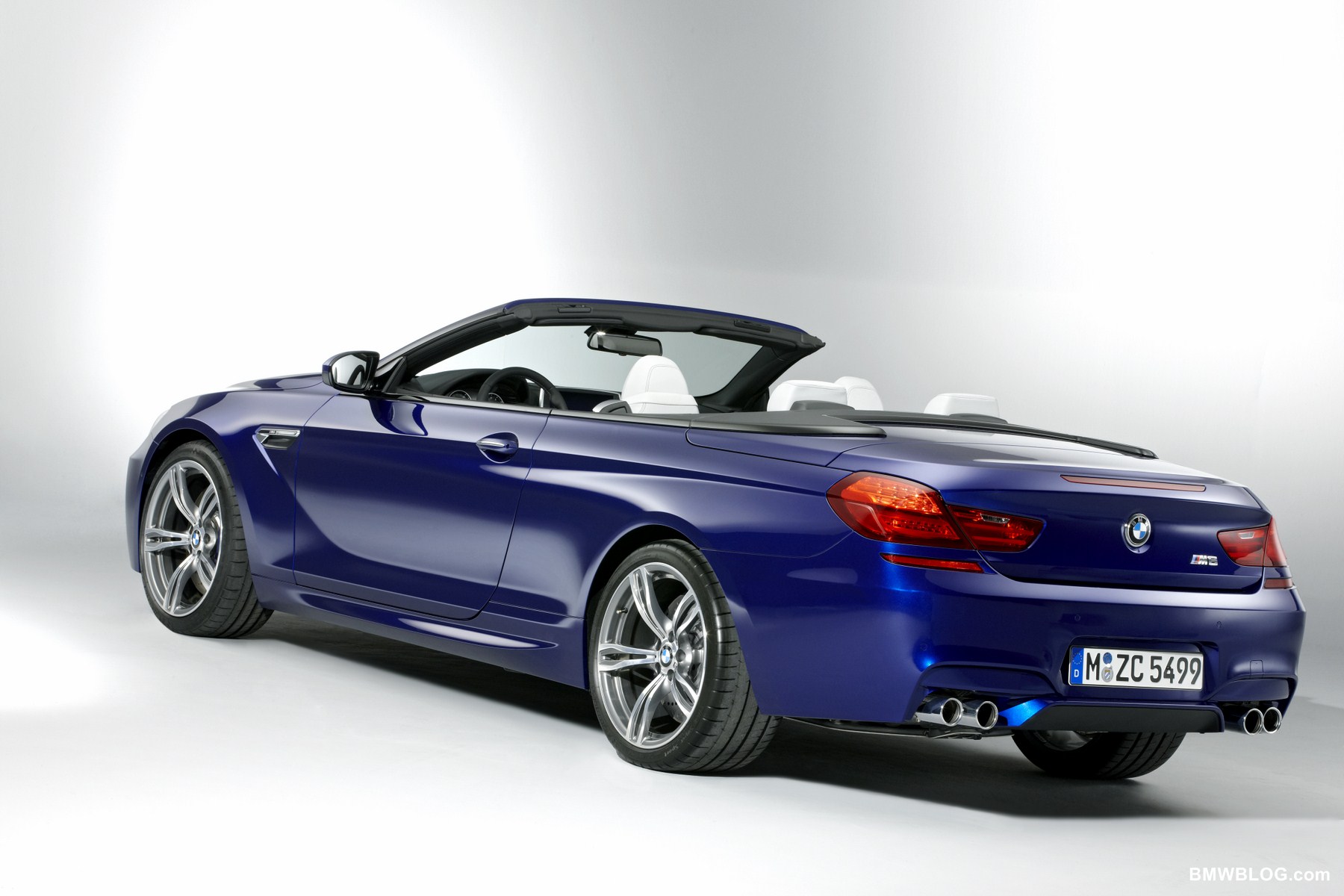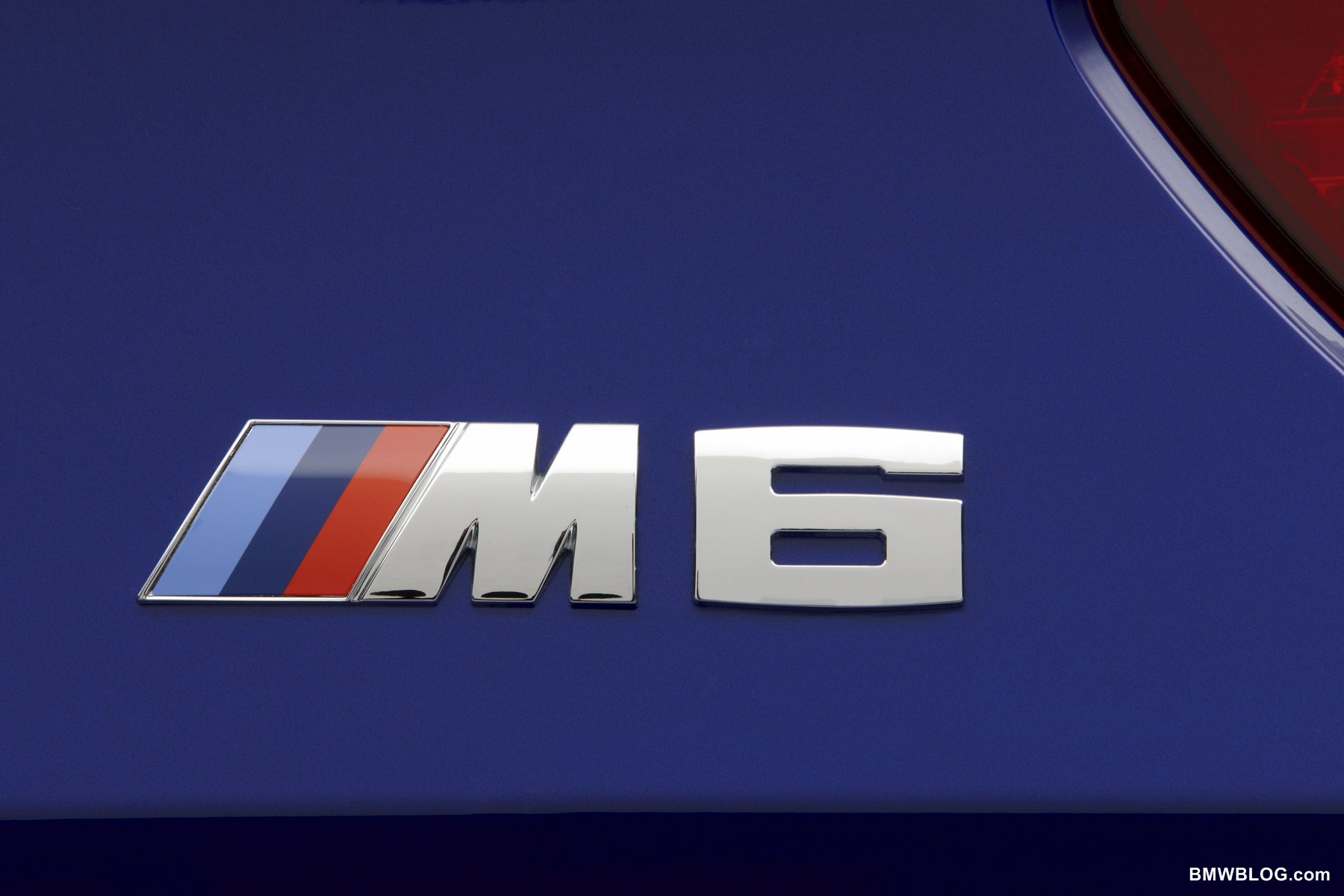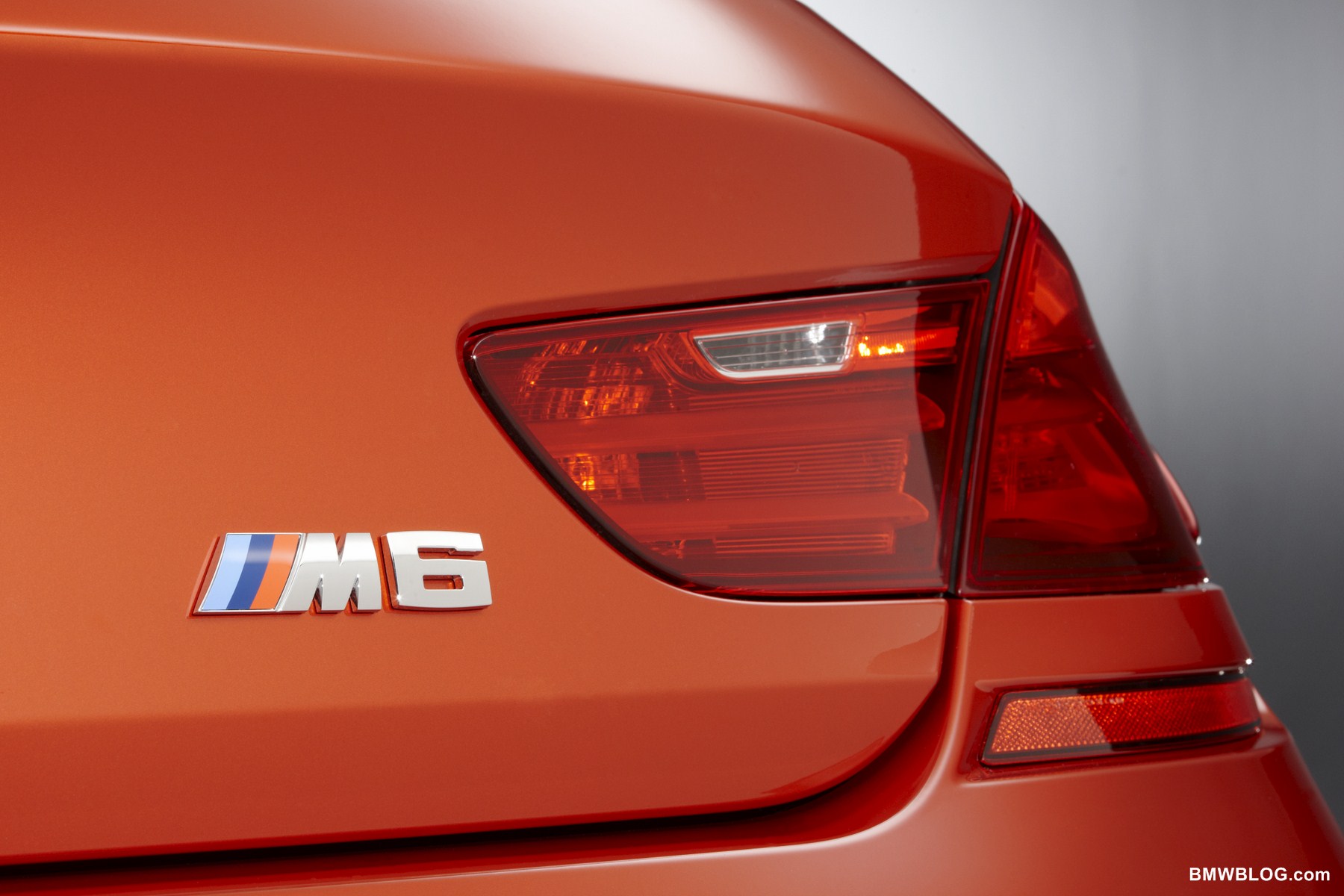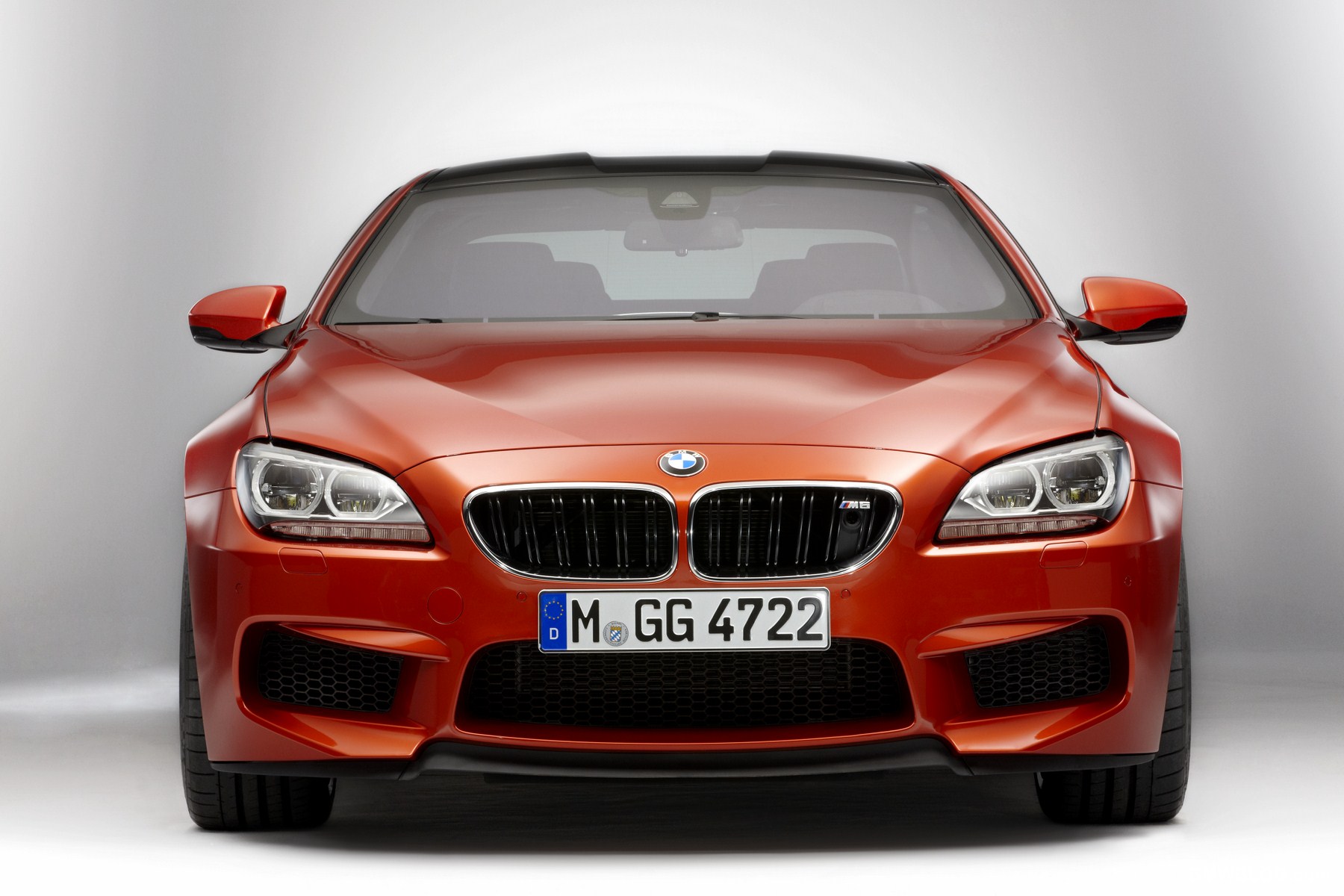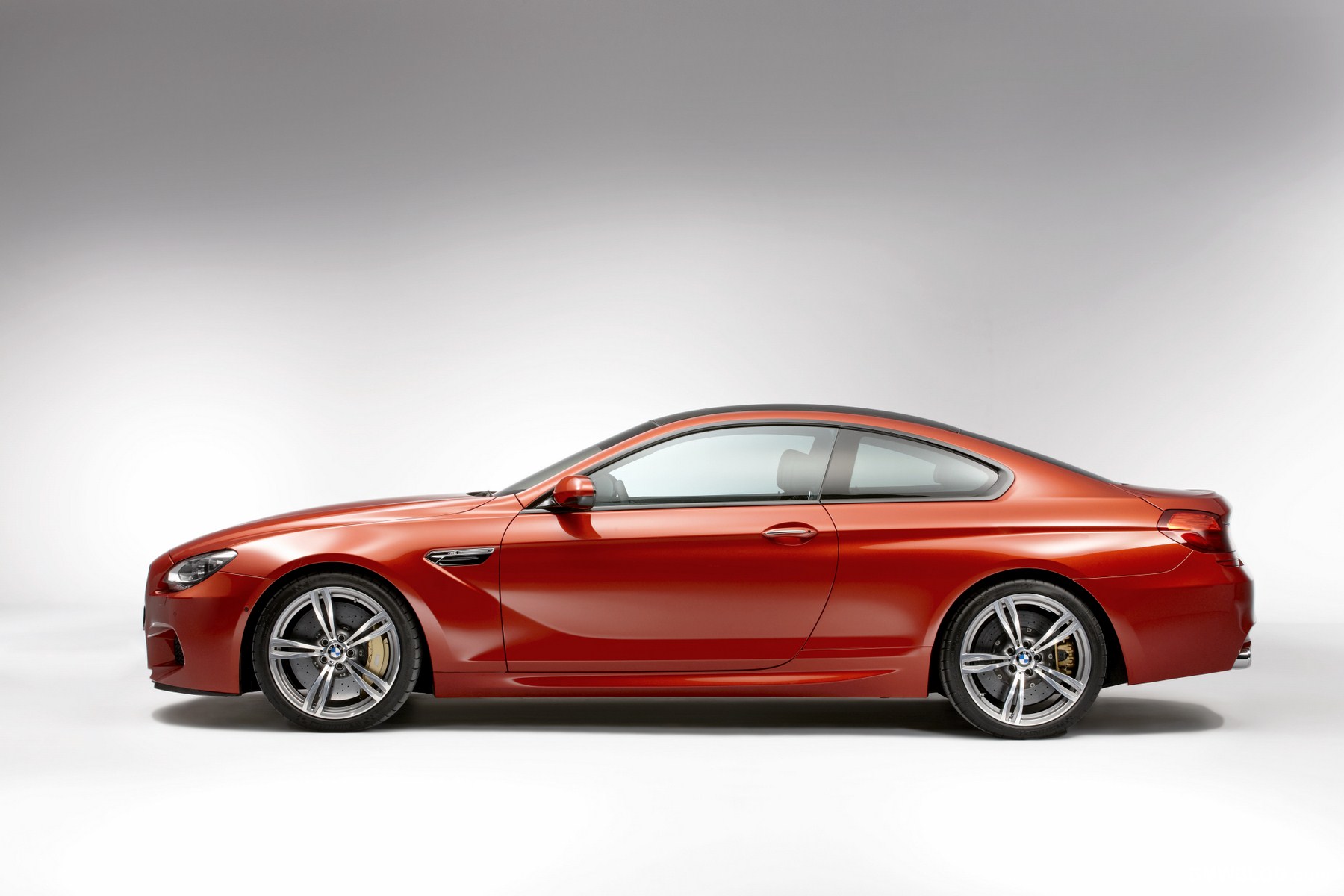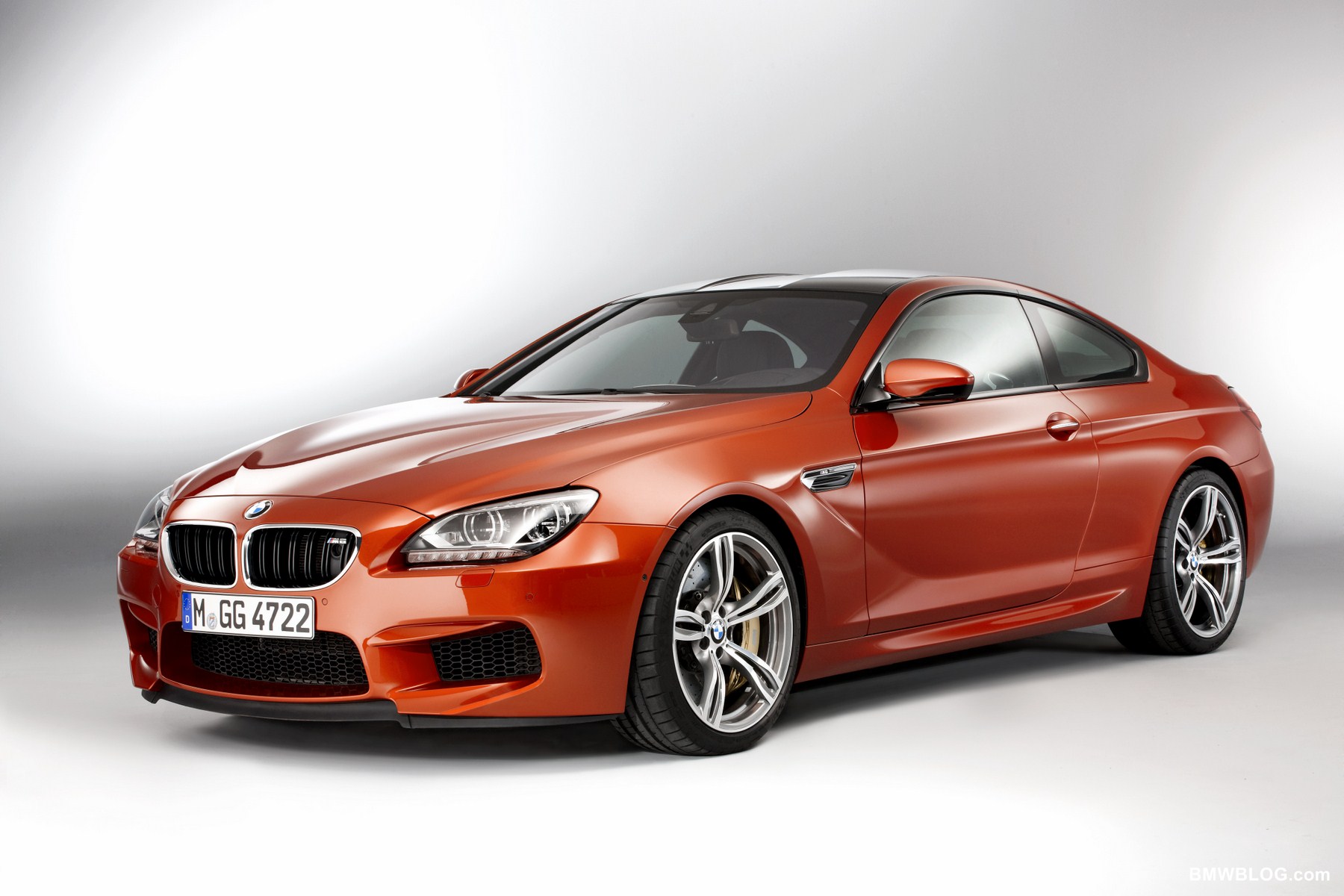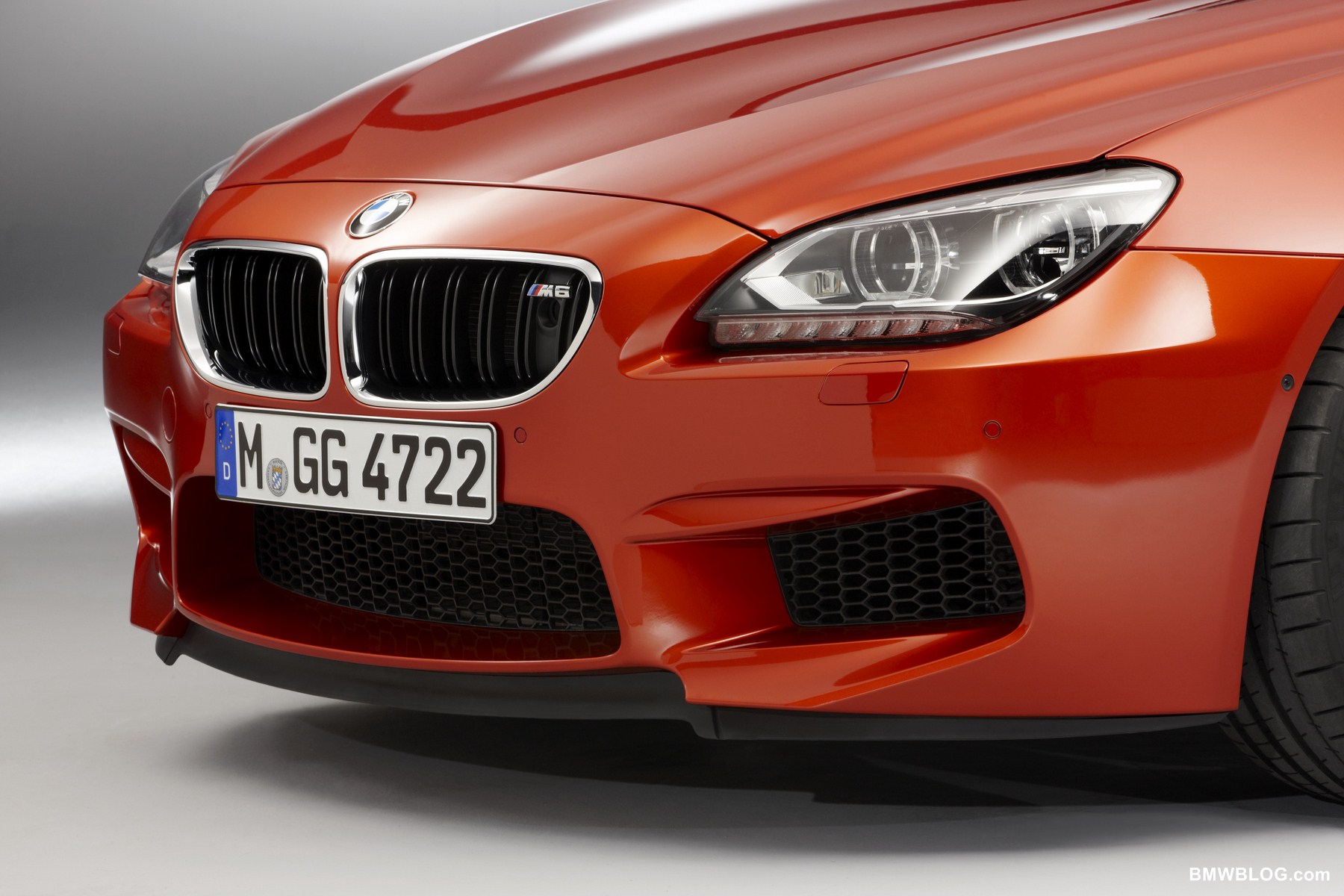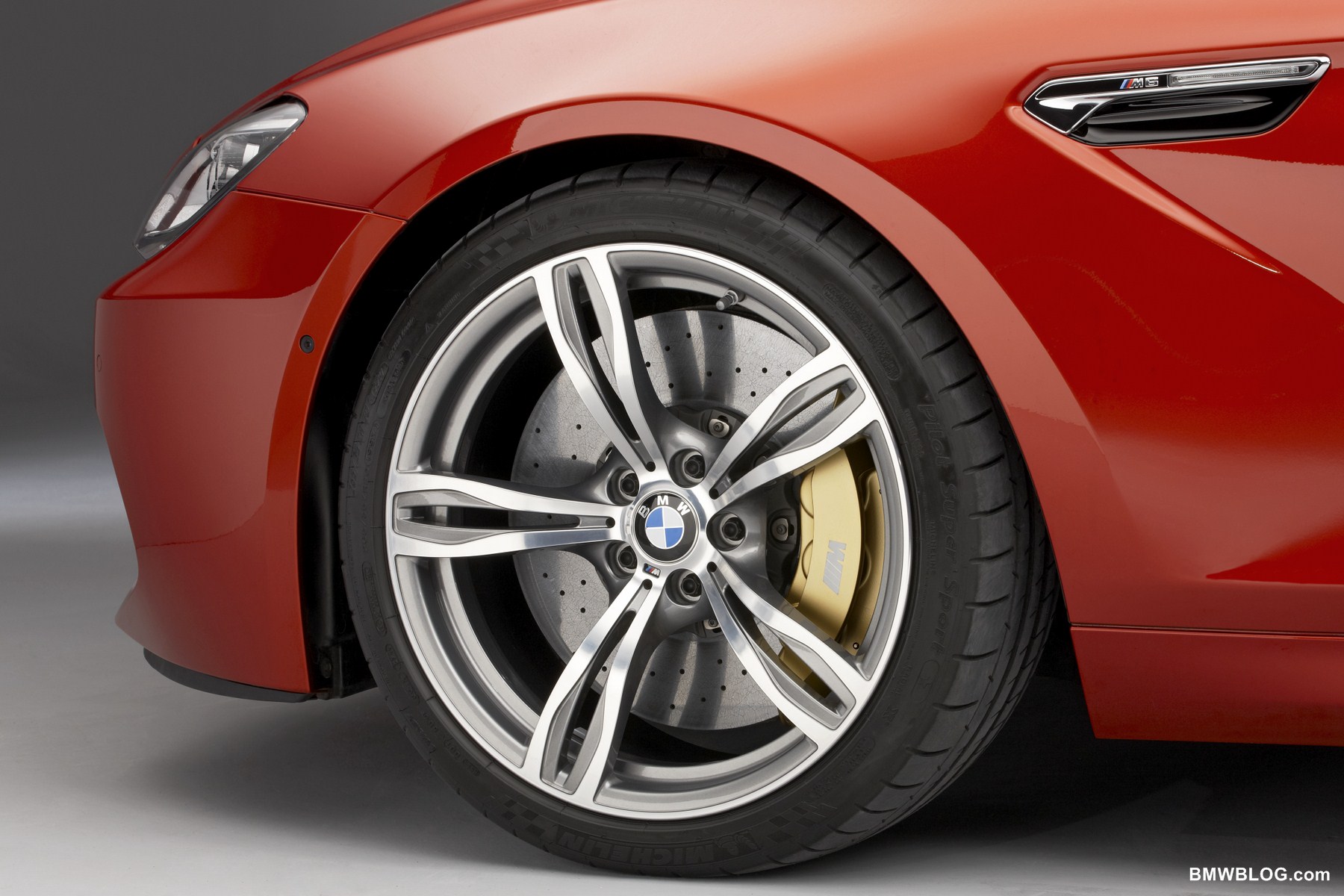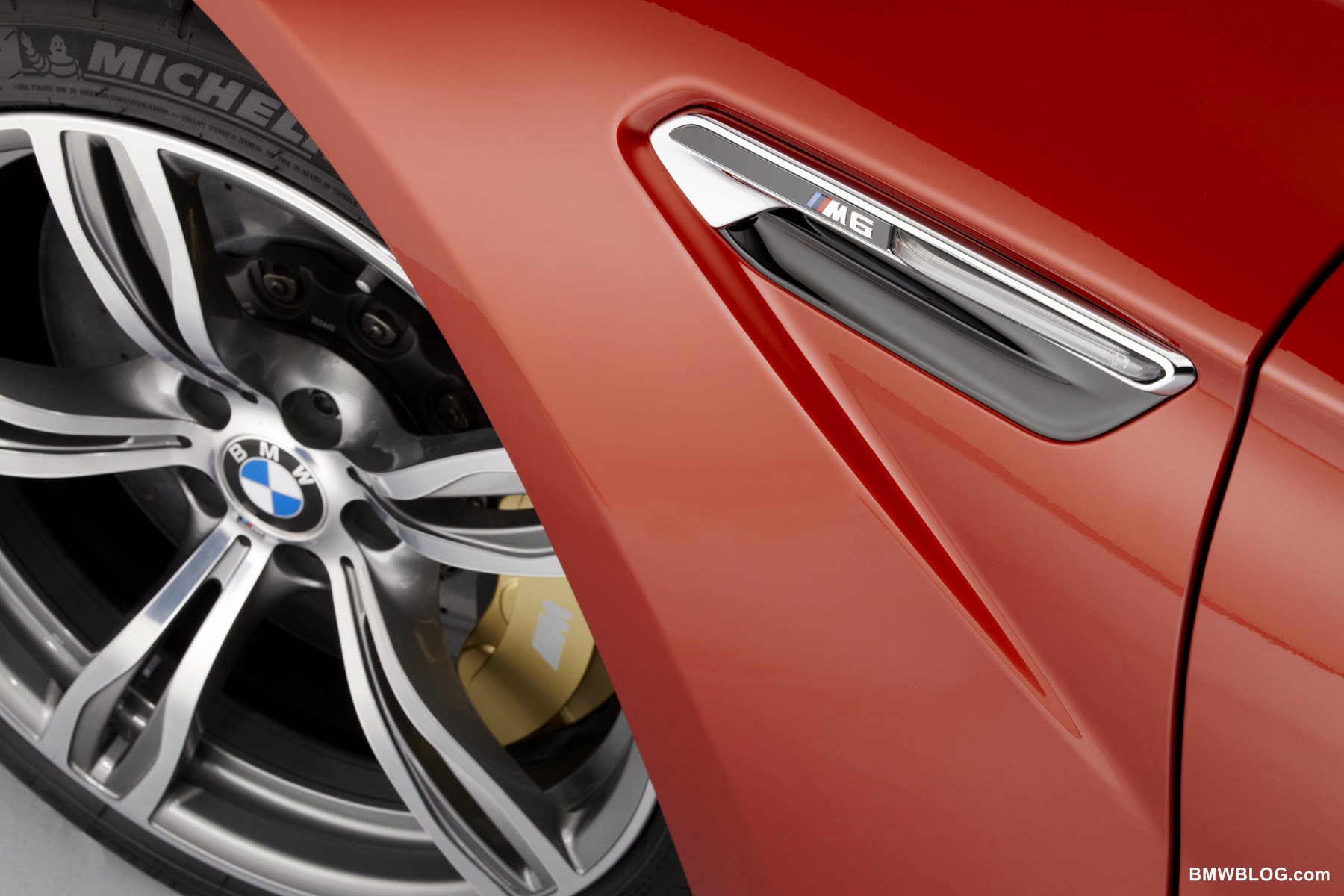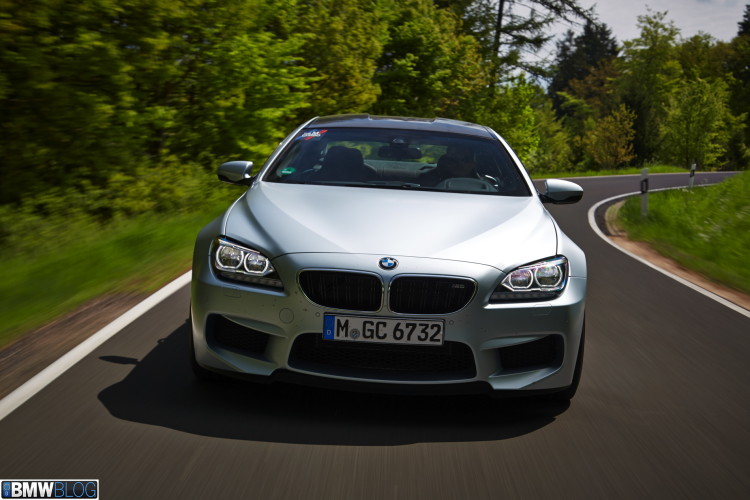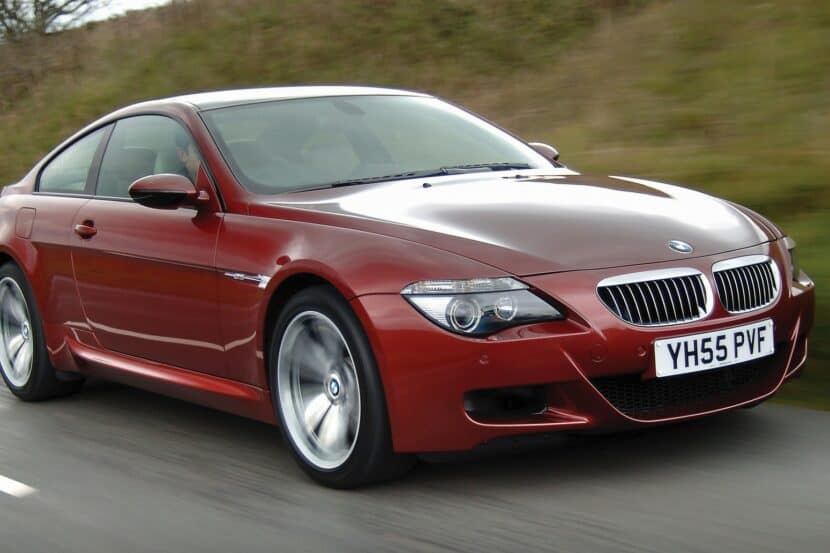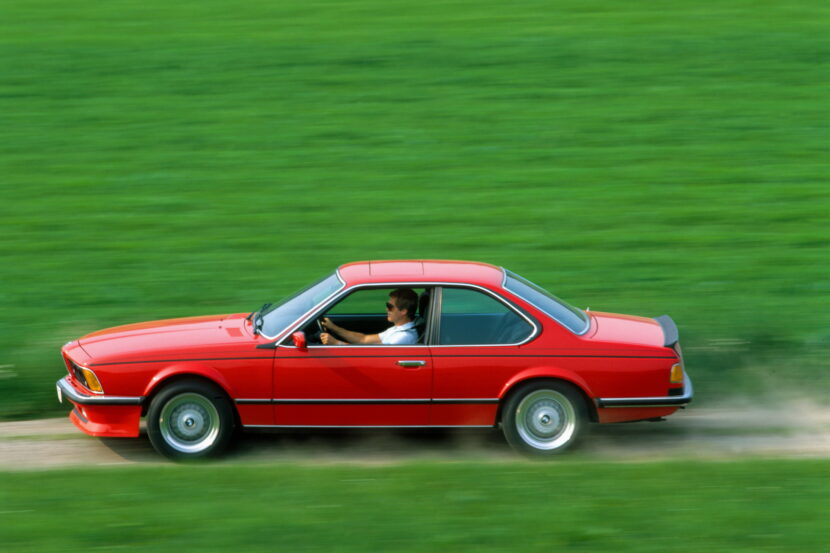The original M6, the E24 M635i, was the follow on to the much loved and still desirable E9 3.0 CSL. The original M6 ran from 1979 to 1989 whereupon the M6 badge went into hiatus for 14 years, not that unlike a cicada, and re-emerged as the E63/64 M6 in 2003, with its run ending in 2010.
We don’t have to wait as long this time around for the next iteration of the M6. The 2012 M6 has been officially announced. And yes, it brings over all of the F10 M5 goodies with and an extra sweetener or two thrown in for good measure.
The E9 3.0 CSL is as good an antecedent for a car as can be found, but the latest M6 has strayed substantially from the notion of a lightweight sporting coupe. The 6 series that the latest M6 is based is, at heart, a luxurious grand touring machine. But with a size and heft that has been decried by purists.
Let’s start with what carries into the M6 from the M5. Of course that incredibly powerful and efficient S63TU coupled to the M-DCT seven speed dual clutch gearbox and linked to the M specific limited slip differential is along for the ride. They can’t hardly go wrong with that
setup. But of course the software is tuned for the 6 series chassis (and it retains the hydraulic power steering setup f the M5 too).
Then there’s one of the sweeteners, optional carbon-ceramic brake rotors (included in a package with 20 inch M light-alloy wheels). This is a first for BMW M and hopefully they’ll find their way into the next M3 (the track-rats are already salivating). And yes you can tell the cars with carbon-ceramic rotors thanks to the unique gold painted calipers (fixed six pots front – floating single pots rear). The carbon-ceramic rotors themselves are massive, 410 mm (16.1 inches) front and 396 mm (15.6 inches) rear thus necessitating the 20 inch rims. The pedestrian M steel rotor brake calipers retain the blue paint as seen on the latest M5.
Further differentiating the M6 form the regular 6 series is M specific front and rear fascia, along with rocker panel trim. The styling is just a bit understated (and that’s good). But BMW is clever in their restriction of M specific body parts. The coupe sees one of the other sweeteners added to the M6 in the form of a very pretty double-bubble carbon fiber roof. The double bubble roof was a hallmark of Carrozzeria Zagato, and it’s use on the M6 is a nice homage to one of the greatest independent styling houses ever.
Of course the interior isn’t ignored. Along with the anthracite headliner are seats specific to the M6. Let’s let BMW explain them, “(t)he new M Multifunction seats offer the driver and front passenger optimum lateral support while cornering, but also a high level of comfort over long distances. The lightweight seats with integrated belt system have an M-specific design headlined by extremely prominent cushion and backrest bolsters, head restraints integrated into the backrests, eye-catching stitching emphasizing the segments of the seats, and an M logo embossed into the shoulder area. The M Multifunction seats have electric height, fore/aft, side bolster and backrest angle adjustment, and also come with pneumatically adjustable lumbar support, a memory function and a manually adjustable thigh support. The M Multifunction seats are fitted with active head restraints to reduce the risk of injury in a rear-end impact.” If you have selected the carbon-fiber brake option, the active head restraints may be added peace of mind (all puns intended).
Without an opportunity to sample the vehicle dynamics yet, we’ll have to report the performance numbers BMW has given us. Bear in mind, BMW’s numbers are reliably conservative. The 0-62 time is listed as 4.1 seconds for the coupe and 4.2 for the convertible. Amazingly the 0-124 MPH time is 12.6 seconds for the coupe. Someone, eventually, will get a ¼ mile time/trap speed on an M6, it will happen regardless of how incongruous the thought of a 6 series at a dragstrip is.
Of course the car receives the two M specific buttons, M heads-up display, and the M damper control. The M active rear differential utilizes information from the DSC passed to it by the high speed FlexRay bus. This is one of the reasons FlexRay is in use, it allows for better control and integration of information that given the slower speed bus structures of yore could not be utilized. More please.
The convertible will be available in June of this year, with the coupe arriving in late summer. No pricing yet, but one competitor, the CL63 AMG is priced at $151,000 USD base. That may give you a glimpse as to what a ballpark price may be.
Look for more on the new M6 from BMWBLOG in the days to come.


